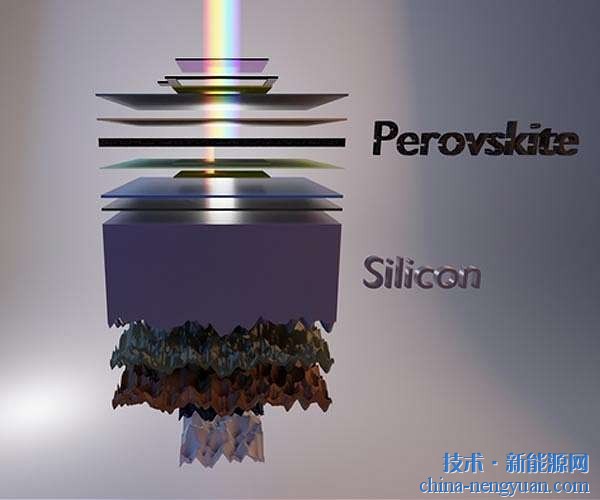 |
By referring to the mechanisms and processes of natural photosynthesis, the conversion of solar energy into chemical energy, especially hydrogen energy, through artificial photosynthesis channels opens up a new path for mankind to develop and use solar energy and gradually solve the current energy shortage and environmental pollution problems. Therefore, it is urgent and theoretically significant to design and prepare a new type of artificial photosynthesis “component†to construct a photocatalytic system with a wide range of sources, low cost and excellent performance.
Recently, researchers at the Supramolecular Photochemical Research Center of the Institute of Physics and Chemistry, Chinese Academy of Sciences, for the first time used quantum dots and inexpensive metal salts to build a photocatalyst with a cavity structure in situ through visible light catalytic assistance.
Steady-state and time-resolved spectroscopy techniques confirm that the oxidative dissociation of mercaptopropionic acid molecules on the surface of quantum dots during photocatalysis allows the quantum dots to selectively collect at the water-air interface of hydrogen bubbles and water, with the aid of photocatalytic reactions. Assembled to form hollow nanospheres. Using ascorbic acid as sacrificial body, the hydrogen production rate and hydrogen production TON value of the nano hollow spheres irradiated with light for 42 hours were ~21 μmolh-1 mg-1 and 137500, respectively. The catalyst construction strategy provides new ideas and approaches for the development of artificial photosynthesis in the field of hydrogen production. It is of great significance for understanding and simulating the working principle of natural photosynthesis and developing practical artificial synthetic hydrogen production system.
Subsequently, the researchers of the research center prepared in situ Nih-CdS artificial photosynthesis catalysts using visible light-irradiated quantum dots and cheap metal salts. Through steady-state and time-resolved spectroscopy techniques, it was confirmed that the dangling bond of S on the surface of quantum dots and metal Ni2+ ions coordinate to generate the actual catalytic center. The in-situ generated catalytic center can be regenerated through the self-repair process. This ensures the catalytic activity and stability of the system. Under light irradiation for 20 hours, the hydrogen production rate of Nih-CdS photocatalytic reforming industrial waste glycerol was 74.6 μmolh-1mg-1, and the hydrogen generation efficiency TON reached 38405. Under light irradiation of 410 nm, the internal quantum efficiency of photocatalytic hydrogen production was 12.2%.
Further, researchers successfully constructed a CdSeQDs-TiO2-Ni(OH)2 ternary assembly system using bifunctional thiolpropionic acid as a guide molecule, realizing efficient production of a quantum dot-nickel artificial photosynthesis system under alkaline conditions. hydrogen. Gradient electron transfer process in the assembly improves the charge separation efficiency, and makes the hydrogen production efficiency of the system 5 times higher than that of the CdSeQDs-Ni(OH)2 binary system. The hydrogen production rate of CdSeQDs-TiO2-Ni(OH)2 ternary assembly system can reach up to ~10.1 mmolg-1h-1 under optimal conditions, the TON value based on CdSeQDs reaches 51400, and the internal quantum efficiency of photocatalytic hydrogen production is 27.4%. .
The above results have been published in JACS (J. Am. Chem. Soc. 2014, 136(23), 8261-8268) and ChemSusChem (ChemSusChem 2014, 7(5), 1468-1475; ChemSusChem 2015, 8(4). , 642-649), and was selected as the inside cover article to focus on the reader.
The relevant research work has received strong support from the "973" Program of the Ministry of Science and Technology, the National Natural Science Foundation of China, and the Knowledge Innovation Project of the Chinese Academy of Sciences.
Ball Valves,Flange Type Ball Valve,Flanged Ball Valve,Platform Flanged Ball Valve
ZHITONG PIPE VALVE TECHNOLOGY CO.,LTD , https://www.ztpipevalve.com
